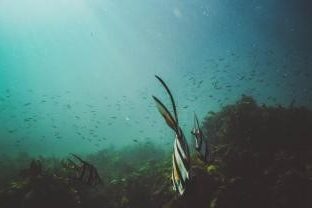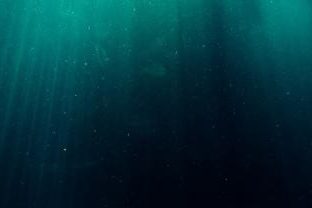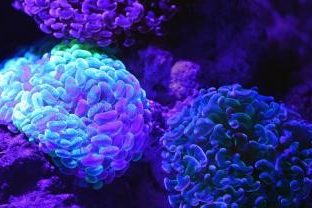
While the distribution and dynamics of macroscopic organisms in the marine environment have been well studied for many decades, similar observations are lacking for microorganisms.
This has been mainly due to technical limitations, however recent development in high-throughput sequencing and bioinformatics allow us now to “observe” microorganisms in the natural environment in unprecedented scale and detail.
We have therefore established a large-scale coastal, microbial observatory program, which investigates the temporal and spatial dynamics of microbial communities in the water column, sediments and associated with corals, seaweeds, sponges and seagrasses. The outcome of this program will be one of the most comprehensive descriptions of microbial diversity and function in the coastal environment and a deeper understanding of how microbial systems respond to environmental change and, in turn, influence ecosystem function.




